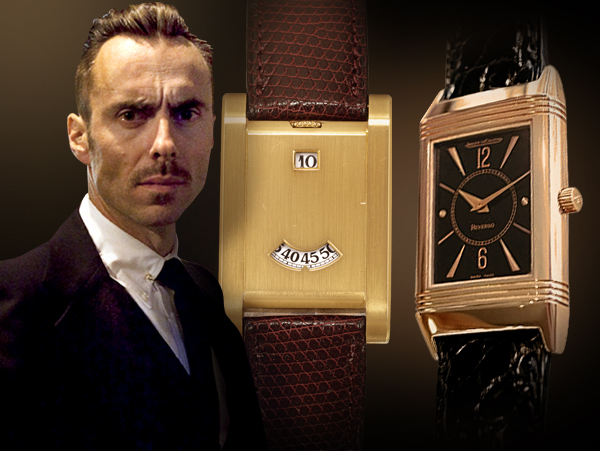
Welcome back to an original aBlogtoWatch feature, “My First Grail Watch.” In this series, we ask prominent people in the watch industry about the first timepiece that they lusted after.
aBlogtoWatch (ABTW): Who are you and what is your relationship to the watch industry?
Jerome Mage (JM): My name is Jerome Mage, and I am the co-founder and creative director for MARCH LA.B. We are an independent watchmaker with offices in Biarritz and LA (Alain Marhic, the founder of MARCH LA.B, is working from France while I am in Los Angeles).
ABTW: What was your first grail watch?
JM: My first grail watch was definitely the Jaeger le Coultre Reverso, a watch that represents elegance, class, and intelligence. It has a real beauty – a perfect balance between purity of lines and subtle line engraving that is eponymous of the art deco period. I used to browse the windows of stores of jewelers in Paris when I was 17, 18 years old. Daydreaming of one day owning this watch.
As of late, I became obsessed with another grail watch, the 1928 Cartier Tank à guichet made for the Maharaja of Patalia. Cartier produced a couple of re-issues of it, and it is absolutely incredible. It is the most elegant, yet manly and bold watch you can encounter. It’s yet another stunning object from the art deco era.
ABTW: Was there ever a time in your life when you could afford either watch?
JM: Yes. By the early 2000s, I considered buying the Reverso, but Jaeger discontinued the color I was fond of, which was rose gold with a black face. After that time, the Reverso went on steroid and it doubled in size, becoming a travesty of the original design intent. Maybe at some point I will return to it, that first love.
The Cartier? I simply cannot afford it. I have been looking online the last couple of years and hopefully I can find one for a decent price in the near future.
ABTW: What did you like so much about the watch?
JM: I have a strong affinity for Art deco period watches, especially the rectangular ones. I believe the period represents the highest standard in taste and design. Historically, the period is anchored in between the Victorian/belle époque style and the birth of industrial design, giving it a unique style and substance.
It carries both a 19th century neo-classical heritage and a modern 20th century Bauhaus progressive vision. This is very unique in terms of design and, after the 30s, we have not encountered such a junction and juxtaposition of style, design and society.
Nowadays, watch design seems extremely focused on two extremes, one being a rather design-less, minimal and anti-skeuomorphic approach inspired by the ever powerful Apple doctrine of un-materialism; the other one is massive mechanical expressionism rendered in the most excessive possible way. Both have the same lethal goal of appealing to the lowest common denominator of taste in order to attract the masses and sell more watches.
ABTW: Since you never found either of your grails, what’s was your most recent purchase?
JM: My last personal watch buy was a 1959 Rolex Air King.
